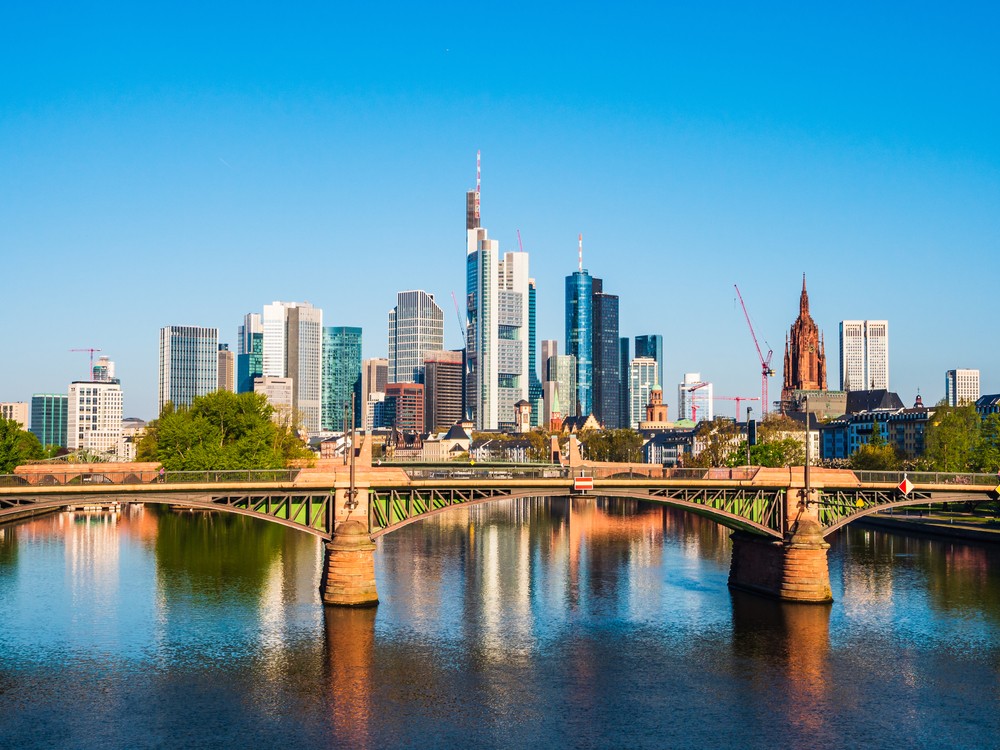The period from April to June 2023 saw record demand for data centres with 114 MW of take-up across Europe’s leading markets of Frankfurt, London, Amsterdam, Paris and Dublin (FLAP-D), according to JLL’s EMEA Data Centres Q2 2023 report. This more than doubles the 51 MW seen in Q1 and is the largest second quarter on record.
There was heightened activity for pre-lettings, with 141 MW committed in Q2 alone, compared to 64 MW in Q1. New supply continued to outstrip demand, with a total of 73 MW of new space coming online in Q2.
Frankfurt led much of the momentum with 44 MW of take-up in Q2, bringing the year-to-date total to 80 MW in comparison to 26 MW at the same point last year. In terms of supply, Frankfurt has seen significant growth in 2023, with 69 MW of new supply added in the first half of the year. The Frankfurt colocation market has reached 656 MW, with the total market size increasing by over 11% in the first two quarters alone.
London remains the largest market with a total of 902 MW – amounting to a 35% share of total tier one supply. The city saw a significant drop in the amount of new supply added so far this year at only 7 MW. However, the development pipeline remains strong with a string of new developments announced in Q2.
Paris has seen 24 MW of new supply added so far in 2023, with a further 40 MW due later in the year. Take-up for Q2 hit 23 MW, the single busiest quarter since JLL began tracking the data in 2016.
Dublin continued to see healthy levels of activity, with an additional 12 MW added, increasing the overall market size by 6% to 199 MW. Of the secondary markets, Madrid continued to grow, seeing a further 7 MW of new supply, increasing the market size to a total of 97 MW.
The growing demand for Artificial Intelligence (AI) is driving the need for increased data processing speed and the high compute power required is leading to a fundamental change in the design of data centres, says the report. For the data centres used for training AI models, latency is less of an issue so proximity to the end user is not critical. These data centres can be strategically located where access to renewable energy, land and water is more readily available. As a result, JLL expects to see a ‘bring the data centre to the power rather than bring power to the data centre’ approach emerging.
Tom Glover, Head of EMEA Data Centre Transactions, JLL, said: “The goldrush of AI continues to drive data centre growth even further and is opening an exciting new chapter for our industry. The second quarter of 2023 was another record-breaking period for data centre demand across Europe, with the activity showing no signs of abating.”
Daniel Thorpe, EMEA Data Centre Research Lead, JLL, added: “The AI era is here and there is no going back. What we’re seeing play out in the market is that data centres are gearing up to better support increased power and performance requirements. The second half of 2023 will see continued momentum as new data centre supply comes to the market.”




